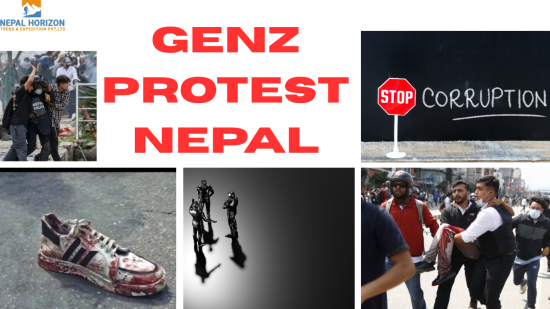How to Plan the Everest Base Camp Trek: Routes, Culture, and Insights
25th September 2025
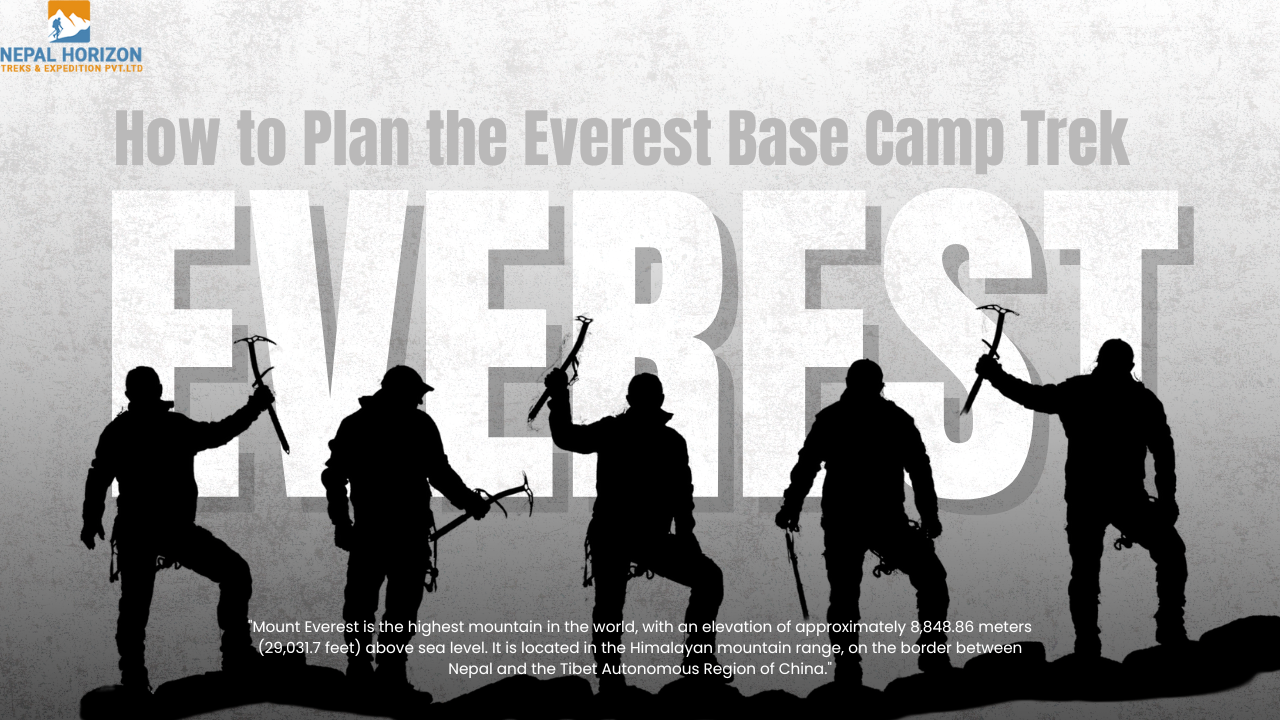
Introduction
Standing beneath the world’s highest peak, Mount Everest (8,848.86 m), is a dream for travelers worldwide. The Everest Base Camp (EBC) experience is one of the most legendary journeys in the Himalayas, offering a blend of adventure, cultural immersion, and breathtaking landscapes.
This guide covers everything from the best time to visit, detailed itineraries, fitness tips, accommodation, cultural highlights, and cost insights. Whether you are preparing for your first Himalayan adventure or refining your plan, here’s all you need to know for a successful Everest Base Camp journey.
Plan your Everest Base Camp adventure with Nepal Horizon Trek today!
Why the Everest Base Camp Journey is Special
Reaching the foot of Everest is remarkable, but the path leading there is what makes it unforgettable. Every step reveals snowcapped peaks, fluttering prayer flags, ancient monasteries, and warm Sherpa hospitality.
- Scenery: Panoramic views of Everest, Lhotse, Ama Dablam, and Nuptse.
- Adventure: A high-altitude challenge with safe acclimatization.
- Culture: Interaction with Sherpa communities and centuries-old monasteries.
- Recognition: Sagarmatha National Park, a UNESCO World Heritage Site.
Best Time to Visit
Timing plays a big role in shaping your Everest Base Camp experience.
- Spring (March–May): Clear skies, vibrant rhododendrons, and ideal temperatures.
- Autumn (September–November): Crystal-clear Mountain views, stable weather, and popular among hikers.
- Winter (December–February): Fewer crowds but very cold at high altitudes.
- Monsoon (June–August): Rainy and cloudy, not recommended.
Nepal Horizon Trek suggests spring and autumn for the best Himalayan conditions.
Everest Base Camp Itinerary (Day-Wise)
The journey usually takes 12–16 days depending on acclimatization and pace. Here’s a 14-day outline:
- Day 1: Arrival in Kathmandu (1,400 m). Meet your guide, check equipment, explore the capital.
- Day 2: Fly to Lukla (2,860 m) – Walk to Phakding (2,610 m). A thrilling mountain flight, then 3–4 hours along the Dudh Koshi River.
- Day 3: Reach Namche Bazaar (3,440 m). Suspension bridges and gradual climbs to a bustling Sherpa town.
- Day 4: Acclimatization at Namche Bazaar. Visit the Sherpa Museum and hike to Everest View Hotel.
- Day 5: Move to Tengboche (3,860 m). Visit Tengboche Monastery with views of Ama Dablam.
- Day 6: Continue to Dingboche (4,410 m). Trail through forests and high meadows.
- Day 7: Acclimatization at Dingboche. Hike to Nagarjun Hill (5,100 m).
- Day 8: Onward to Lobuche (4,940 m). Pass the Thukla Pass memorial.
- Day 9: Reach Gorak Shep (5,170 m) – Visit Everest Base Camp (5,364 m). A lifetime highlight.
- Day 10: Hike Kala Patthar (5,545 m) for sunrise views, descend to Pheriche (4,280 m).
- Day 11: Return to Namche Bazaar.
- Day 12: Walk back to Lukla.
- Day 13: Fly to Kathmandu.
- Day 14: Departure.
Nepal Horizon Trek customizes itineraries based on pace and preferences.
Route and Major Stops
The path to Base Camp passes through remarkable Himalayan landmarks:
- Lukla: Gateway to Everest, famous for its short runway.
- Namche Bazaar: Sherpa hub with markets, bakeries, and cafes.
- Tengboche: Monastery with dramatic mountain backdrops.
- Dingboche: Farming village surrounded by peaks.
- Lobuche: Quiet stop before the high point.
- Gorak Shep: Final settlement before Base Camp.
- Kala Patthar: Best viewpoint for Everest sunrise.
Accommodation and Meals
Lodging is in teahouses run by Sherpa families. Rooms are basic yet comfortable with twin beds and shared bathrooms.
Meals are filling and energy-packed:
- Breakfast: Tibetan bread, porridge, eggs, tea/coffee.
- Lunch/Dinner: Dal Bhat, noodles, soups, fried rice, pasta.
- Snacks: Tea, biscuits, or energy bars.
Tip: Dal Bhat is the ultimate fuel—it keeps trekkers energized.
Difficulty and Fitness Requirements
This journey is moderately challenging. No technical climbing is needed, but good preparation is important.
- Altitude: Maximum 5,545 m at Kala Patthar.
- Walking hours: 5–7 per day.
- Preparation: Cardio, hiking, and strength training 2–3 months before.
Mental determination is as crucial as physical strength.
Cultural Experiences with Sherpa Communities
Sherpa culture is at the heart of this adventure. Along the way, you’ll encounter:
- Traditional Sherpa homes and teahouses.
- Monasteries like Tengboche with daily prayers.
- Prayer wheels, mani stones, and Buddhist traditions.
- Conversations with locals about mountain life.
Safety, Permits, and Guidelines
Safety must come first. Required permits include:
- Sagarmatha National Park Entry Permit
- Khumbu Pasang Lhamu Rural Municipality Permit
Also important:
- Travel insurance covering high-altitude travel.
- Slow pace and hydration to prevent altitude sickness.
Nepal Horizon Trek ensures safety with expert guides and support.
Gear and Packing Tips
Essentials for a comfortable experience:
- Trekking boots and warm socks.
- Layered clothing (base, mid, insulated jackets).
- Sleeping bag rated for -10°C.
- Poles, gloves, hat, sunglasses.
- Water purification tablets and snacks.
Nepal Horizon Trek provides a full packing checklist.
Cost Insights
Average expenses:
- Standard 14-day journey: $1,200–$1,600
- Luxury options: $2,000+ with upgraded lodges and services
Packages typically include permits, Lukla flights, guide/porter, meals, and lodging.
Nepal Horizon Trek offers affordable packages without hidden charges.
Travel Recommendations
- Spend 1–2 days in Kathmandu before Lukla.
- Keep buffer days for possible weather delays.
- Carry Nepali rupees in small notes.
- Respect local traditions and ask before taking photos.
Conclusion
The Everest Base Camp journey is more than a physical challenge, it’s a chance to connect with nature, culture, and yourself. From flying into Lukla to standing at Kala Patthar, every step is filled with meaning.
Plan your Everest Base Camp adventure with Nepal Horizon Trek and turn your Himalayan dream into reality.
FAQs
1. How difficult is the journey?
Moderate to challenging, but manageable with good preparation.
2. How long does it take?
12–16 days depending on pace and acclimatization.
3. Do I need experience?
No prior trekking background is necessary—fitness and preparation are enough.
4. What is the highest point?
Kala Patthar at 5,545 m.
5. Can I go solo?
Yes, but safer and more enjoyable with a guide/porter.
6. How much does it cost?
On average $1,200–$1,600, depending on services.
Contact Nepal Horizon Trek
📞 Call Us: +9779851183849 or Follow this Links https://www.nepalhorizontreks.com/contact-us
📧 Email Us: info@nepalhorizontreks.com
📍 Address: Thamel, Chhetrapati, Kathmandu, Nepal
🌐 Website: www.nepalhorizontreks.com
Recent From Blogs

7th October 2025

27th September 2025

25th September 2025

22nd September 2025
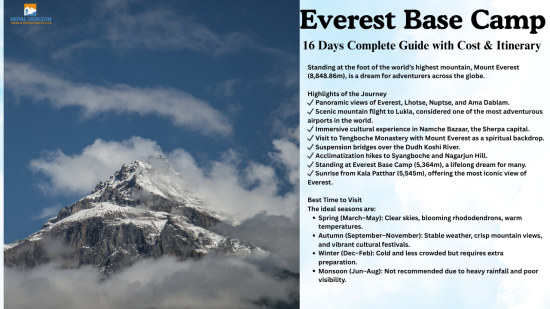
20th September 2025

17th September 2025
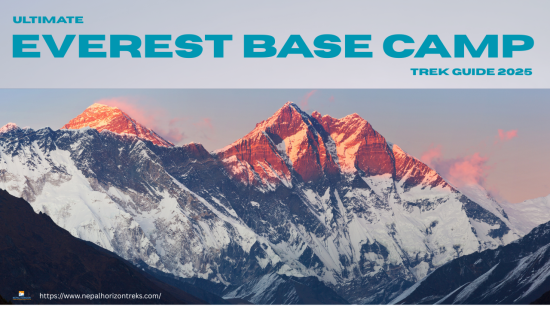
15th September 2025
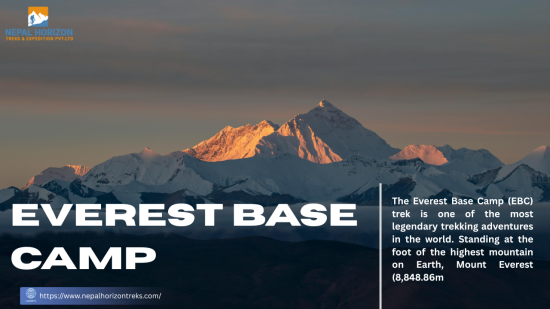
13th September 2025
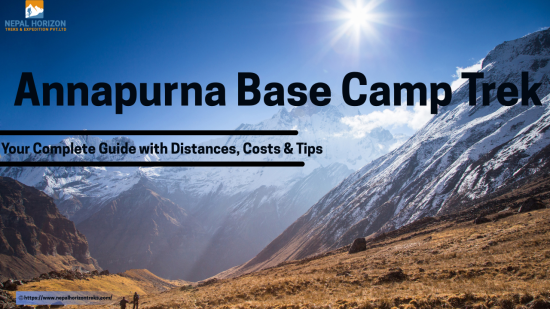
11th September 2025
